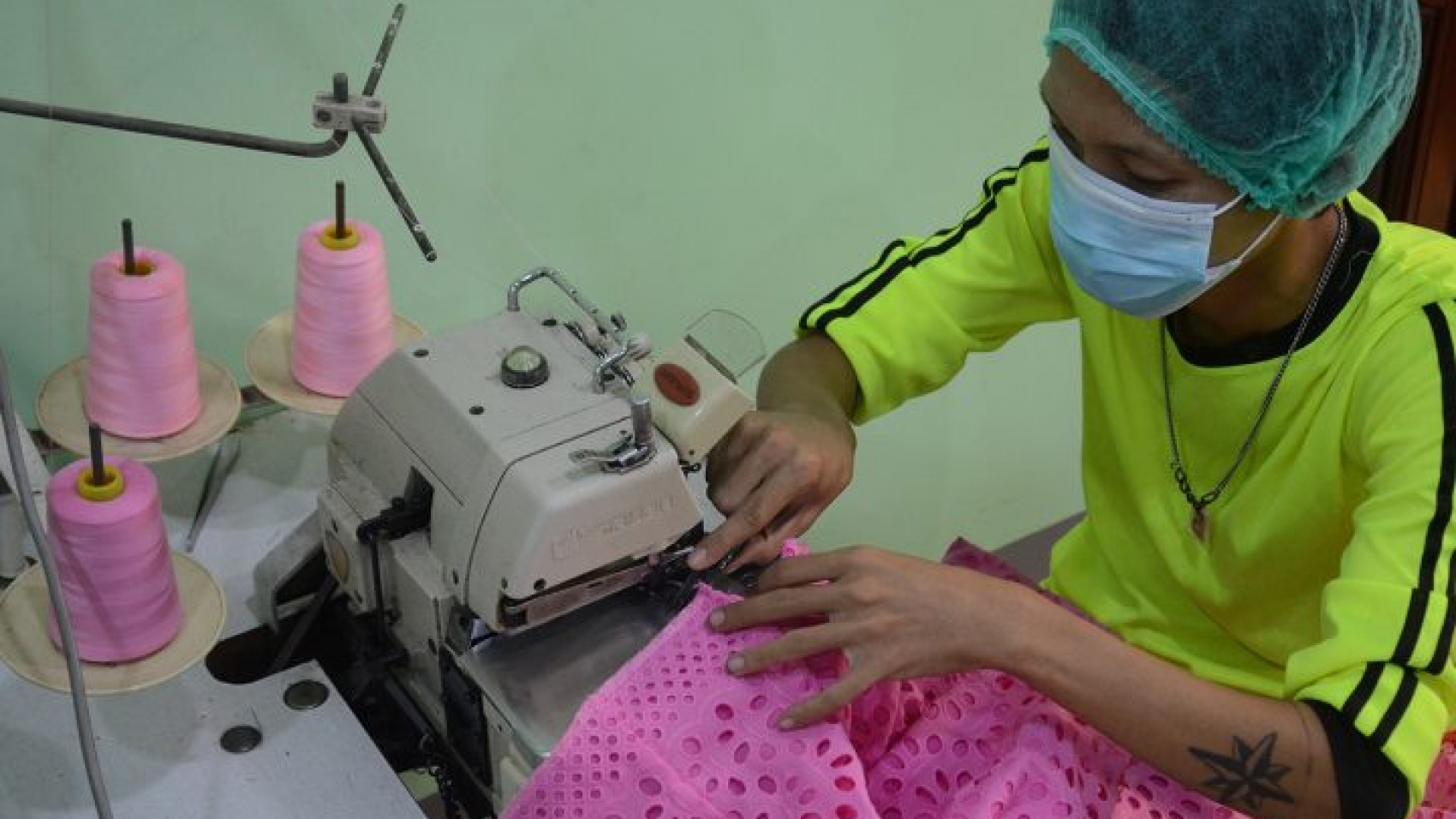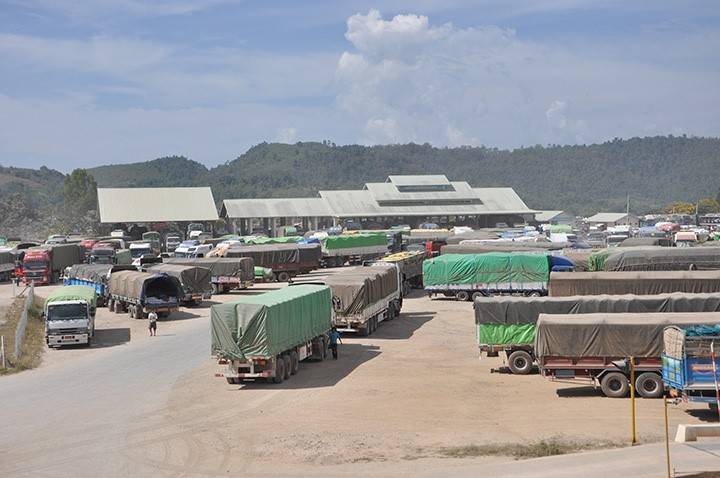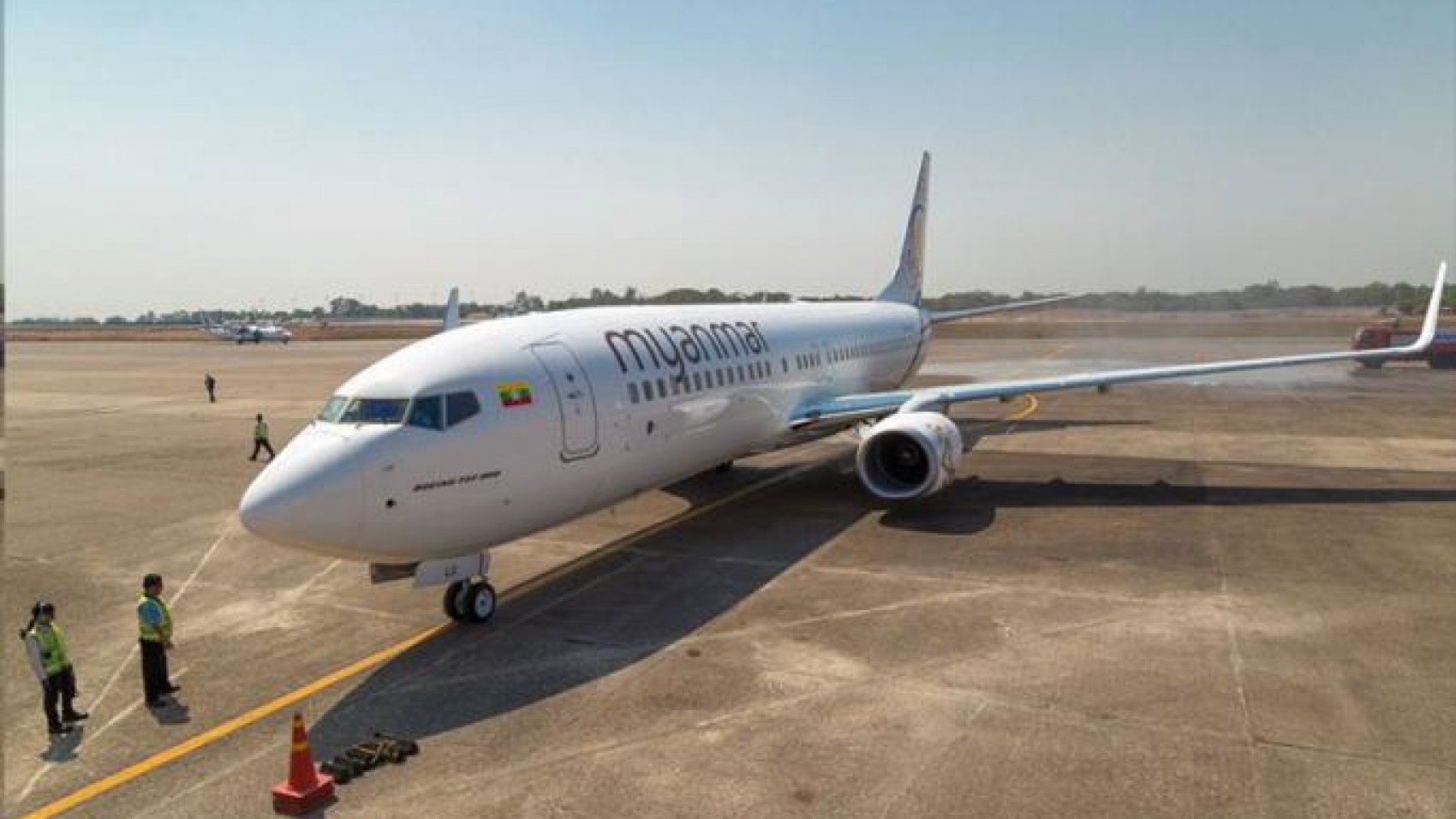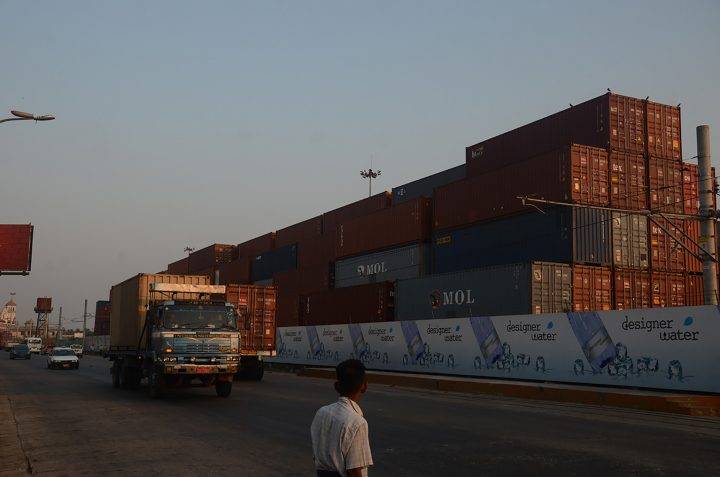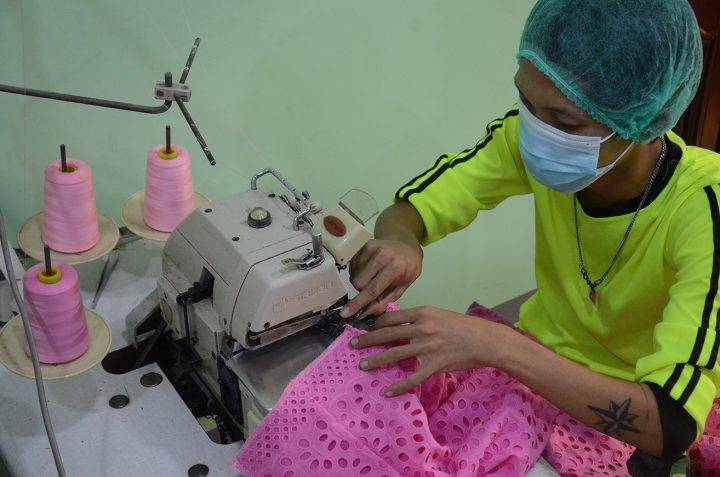
Exports of garments manufactured under the cut-make-pack (CMP) system were valued US$3.74 billion in the period between 1 October and July-end in the current financial year 2019-2020. Myanmar’s manufacturing sector is primarily concentrated in CMP garments and textiles, which contribute to the country’s GDP to some extent. The garment sector is among the prioritized sectors driving up exports. The CMP garment industry has emerged as a promising one, with preferential trade from Western countries. The majority of Myanmar’s garment factories operate under the CMP system, and those engaged in this industry are striving to transform CMP into the free-on-board (FoB) system. Following the negative impacts caused by the COVID-19 on the garment industry, some CMP garment factories have shut down on the reason for the lack of raw materials, leaving thousands of workers unemployed.
The COVID outbreak and spread hit the labor-intensive businesses so severely, the Directorate of Investment and Company Administration (DICA) stated. However, foreign direct investments flow into many types of businesses, including garment enterprises. The foreign investors are not bothered by the disputes between employers and employees and the closure of some CMP businesses during the meantime. Of the investment proposals, the manufacturing and labor-intensive industries are prioritized by the commission. Myanmar Investment Commission is endeavoring to accept investment projects in manufacturing masks, pharmaceuticals and others which can contribute to the fight against the coronavirus in the country at the soonest. Supply chain disruptions and cancelling customer orders following the coronavirus outbreak hurt the global textile industry. Similarly, the CMP garment sector which contributes to 30 per cent of Myanmar’s export sector is bracing for downward trend because of the cancellation of order from the European countries and suspension of the trade by western countries amid the pandemic.
At present, all the garment factories have been temporarily closed due to the coronavirus resurgence.
The export value of CMP garments was only $850 million in the 2015-2016 financial year, but it has tripled over the last two FYs. In the 2016-2017FY, about $2 billion was earned from exports of CMP garments. The figure increased to an estimated $2.5 billion in the 2017-2018FY and $2.2 billion in the 2018 mini-budget period. It tremendously grew to $4.6 billion in the 2018-2019FY. Myanmar mainly exports CMP garments to markets in Japan and Europe, along with the Republic of Korea, China, and the US. With demand from foreign trade partners growing, imports of CMP raw materials are rising year by year. Since an outbreak like COVID-19 might happen in the future, it is necessary to prepare for a sufficient supply of raw materials. The public and private sectors will cooperate in setting up the supply chain on our own sources, including weaving, knitting, dyeing, and sewing factories. The MGMA has more than 700 members, and garment factories in Myanmar, employing more than 500,000 workers. Investors prefer to invest in countries with inexpensive labor, such as Myanmar.
Source: The Global New Light of Myanmar

